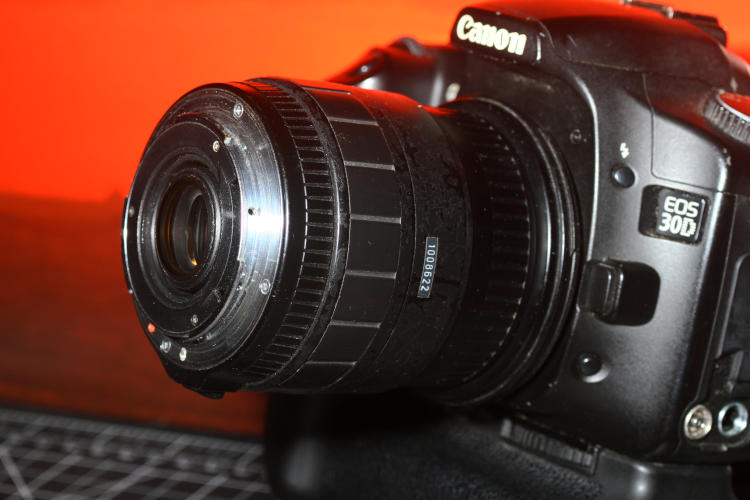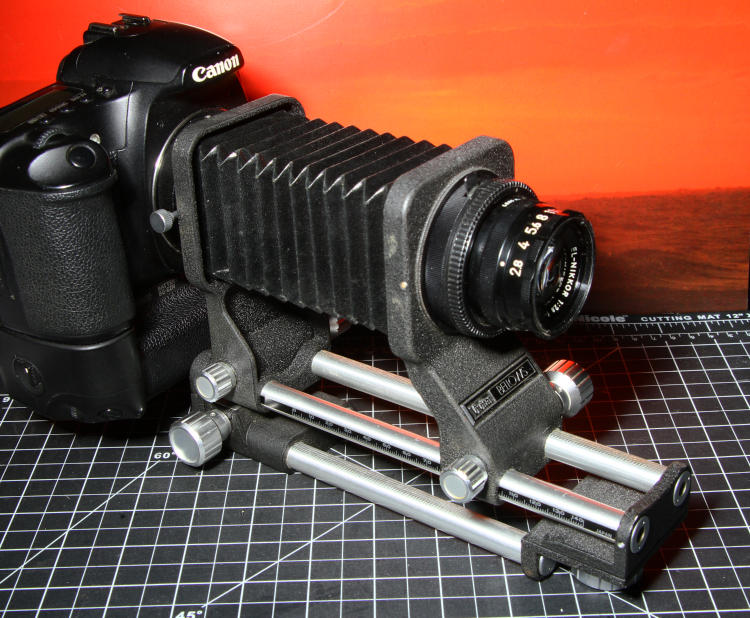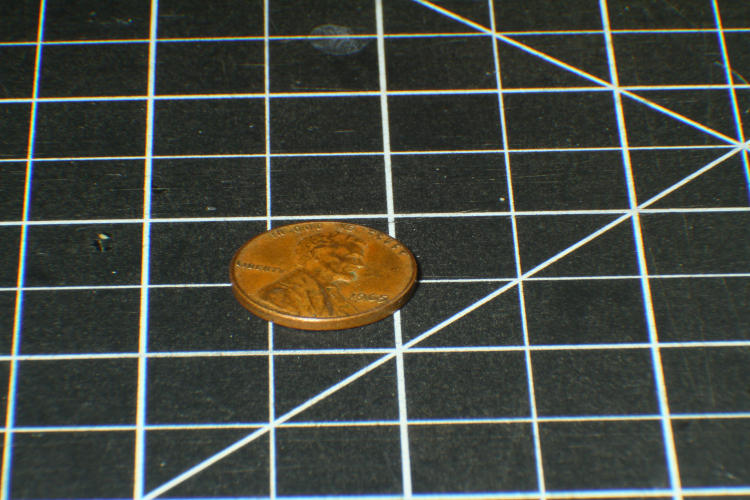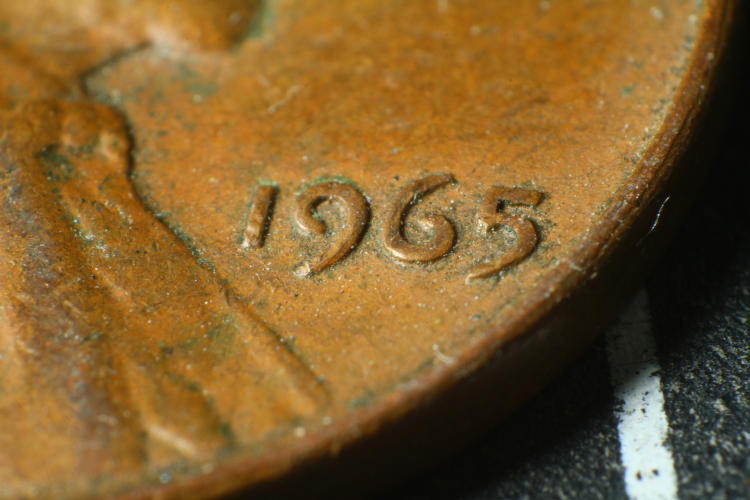
I mention using this lens from time to time, and I’ve gone into detail here and there, but it deserves another look, especially as we come up on its 25th birthday, more or less.
When I bought my first ‘serious,’ new camera, the Canon Elan IIe, back in 1997, I picked a pair of lenses to go along with it, using my income tax refund for the previous year. The primary lens was the Sigma 28-105 f2.8-4 – a better zoom range than most were offering at the time, and the fastest too. While definitely not the sharpest lens available, it was versatile, and served as my workhorse until 2004 in Florida, when the aperture stopped working. Much later, I discovered that this was due to a ribbon cable within that carried the signals back and forth to the electronic aperture within the floating elements. But back in 2004, I set the lens aside with the thought that maybe I’d see about repairing it later on, this not being affordable at the time.
[A brief aside about zoom lenses: Because of their variable focal length, there are usually groups of lens elements inside that move independently when zooming, and these are where the aperture must sit, so a flexible cable to an electronic aperture control is used instead of any mechanical method. But over time, these cables often fail, for some lenses much faster than others.]
And then, probably about ten years ago, I started experimenting again with the various ways that extreme macro magnifications could be achieved without specialty lenses, among these being lens stacking and lens reversing. Lens stacking is putting a shorter focal length (often 50mm) reversed onto the end of a longer focal length like a short to medium telephoto. This varies a lot in effect, often introducing diffractive distortion, but sometimes working remarkably well. Lens reversing is simpler, and just means using a lens (usually a wider angle like 35mm) backwards directly on the camera body. Both of these, by the way, can be accomplished easily with inexpensive adapter rings. I tried out the Sigma 28-105 on a whim, just holding it against the mounting ring on the camera for initial tests, and found that it worked pretty well, so I went ahead and got the proper adapter for it.
[Side note II: This works with wider-angle lenses because of the light path. Normally they capture a wide view angle and focus it down to the width of the film/sensor plane only a few centimeters from the back of the lens. Reversed and used backwards, they can take something a few centimeters from the (now front) of the lens and ensure that the image covers the whole sensor plane, but to get it into focus, the subject tends to be very close and significantly magnified. You will never get something even a meter away to focus at all.]

This was working okay, but of course the aperture was fixed wide open, far from ideal with any macro work. The more the image is magnified, the shorter the depth of field gets, and with the magnification of the Sigma, tight focus was down to less than 1mm at f2.8. So I opened the lens up, worked my way down to the aperture motor and removed it, which meant the aperture could now be adjusted by nudging a little gear down there. There was no way to keep doing this with the lens reassembled, so I closed it down significantly, but not quite all the way, and reassembled the lens – correctly I might add. Later, with multiple exposure tests, I determined that I’d gotten within a half stop of f16. This made depth of field acceptable for the subjects that I was tackling. But, since it was fixed, it did make the viewfinder image dark, requiring plenty of light on the subject just to know when it was in focus.
Used this way, the focus ring does almost nothing – trivial tweak in distance and that’s it. So the zoom ring becomes the rough focus and/or adjustment to working distance, and most often, I either decided that I’m after maximum magnification (which would be at 28mm,) or I’m after a certain framing, so I zoom until I can snag it. Then, I simply lean back and forth with the camera itself until focus is achieved.
This does, of course, introduce its own issues. Focus range is still exceptionally short, within millimeters, so holding that still within that narrow a range is challenging. Actually, I can’t do it at all myself, unless I brace against something. On those occasions when I’m trying for high magnification but can’t find anything to lean against or even get a finger to touch, it’s down to timing, trying to trip the shutter just as my swaying/breathing (which really does affect the focus) closes in on optimum sharpness. This obviously doesn’t always work, so I often take several frames in the attempt. This still doesn’t always work. But it does often enough to get something slick.
Having been inspired by seeing the results that someone else achieved, I also did some work on the Vivitar macro bellows.

The basic premise is, move a lens further from the sensor plane to enlarge the image more, i.e., provide more magnification, just like moving a projector further from the screen. To this end, they make extension tubes for all major camera brands, but less frequently seen is a bellows, which is just a widely adjustable extension. This one had been made years ago (long before the Sigma lens) for use with Pentax screw-mount/M42 lenses, but it came with a Nikon adapter on both ends. I kept the front adapter but purchased a Canon adapter for the rear, then tried it with several lenses. It’s often recommended to use decent enlarging lenses, sometimes reversed, because they’re optimized for the extension and corrected for both flat plane and chromatic aberration. I simply took a few Nikon body caps, which are basically the same as the lens base, drilled them out and altered them to serve as adapters for various lenses; in this case I was trying out a few enlarging lenses I’d obtained. Long story short: the performance was nearly identical to the reversed Sigma 28-105, and while the bellows could produce a little greater magnification, I could match or exceed that with extension tubes on the Sigma. And, as can be imagined, the Sigma is easier to wield.
Let’s see some quick examples, first of the magnifications. This is the Sigma at 105mm, essentially the farthest it can be used from a subject and thus the widest angle.

Not especially close, but again, this is the maximum range – ‘infinity’ is not an option. And you can definitely see some chromatic aberration, some color fringing, in the corners, but they’re also out of focus. Now we’ll go to the other end of the scale – both of these images are full-frame by the way, not cropped at all.

Mind you, this is straight up, no extensions or added diopters or anything – so you know, the entire date is 3.7mm in width. Out of curiosity, I finally sat down and calculated the magnification that this achieves, which is 2.4X – less than I’d thought, but not at all shabby at that, and much higher than any standard macro lens on the market.
Now we’ll look at the results from an El Nikkor 50mm f2.8 enlarging lens at f16, on the bellows extended to about 125mm.

Pretty close to the same thing, though the bellows can extend a little farther for more magnification, but then again, the Sigma can be used on extension tubes and likely exceed the maximum of the bellows. At this point, it comes down to how much diffraction and aberration takes over.
I find it interesting that the lens is now having a longer life at a purpose it was never intended for, with probably much sharper results, than its original and designed use – which really wasn’t bad at that. It had been through multiple trips to Florida and the NC beaches, shooting dozens of weddings and thousands of nature slides, then sat around in a box for several years until I discovered its new purpose. I’m not going to recommend never throwing things out on the idea that maybe someday they’ll have a use, but it worked out well for this one. And it got me this portrait, which cannot be denied.




















































